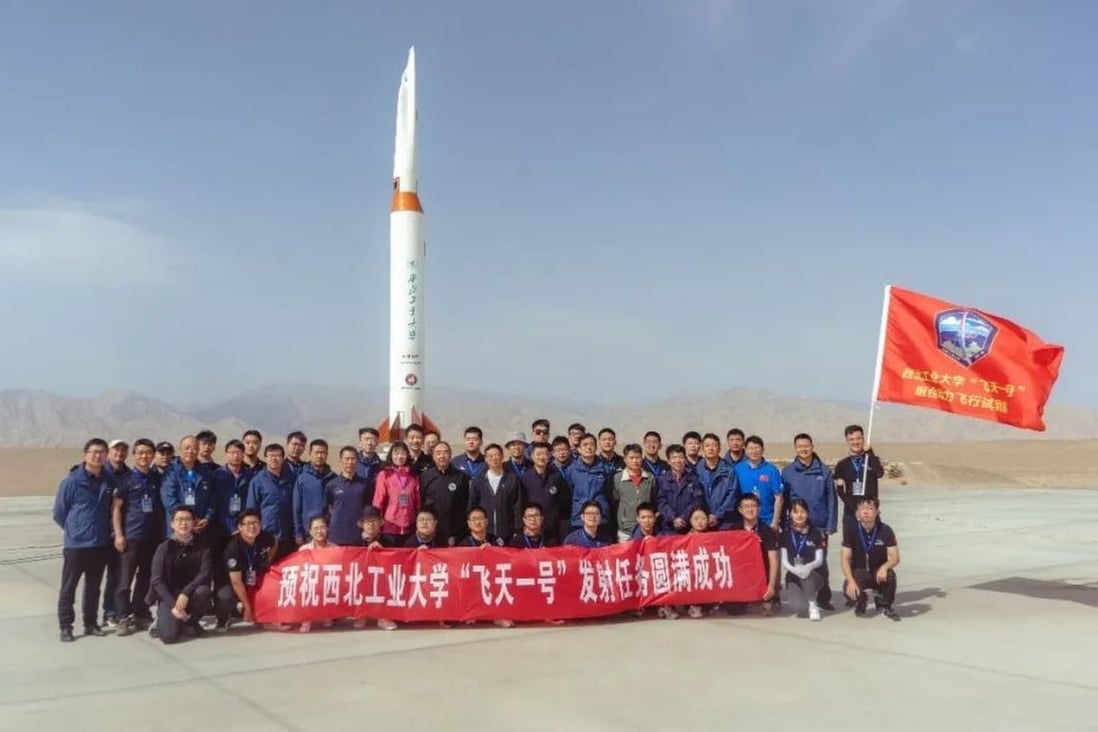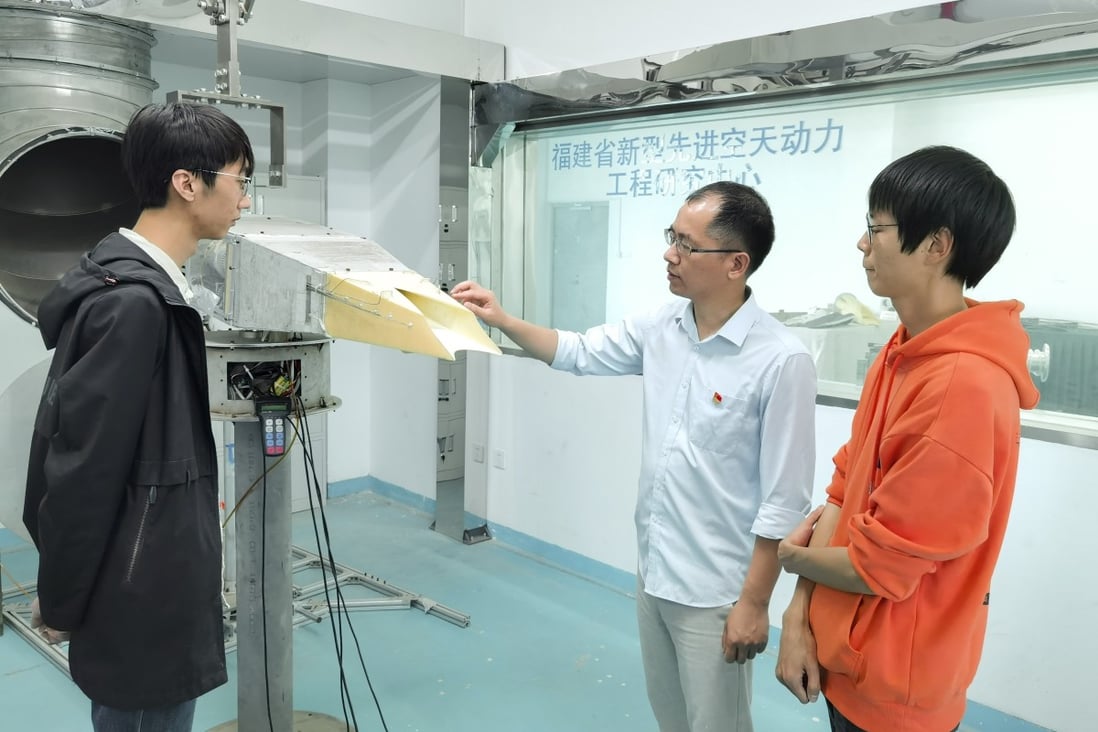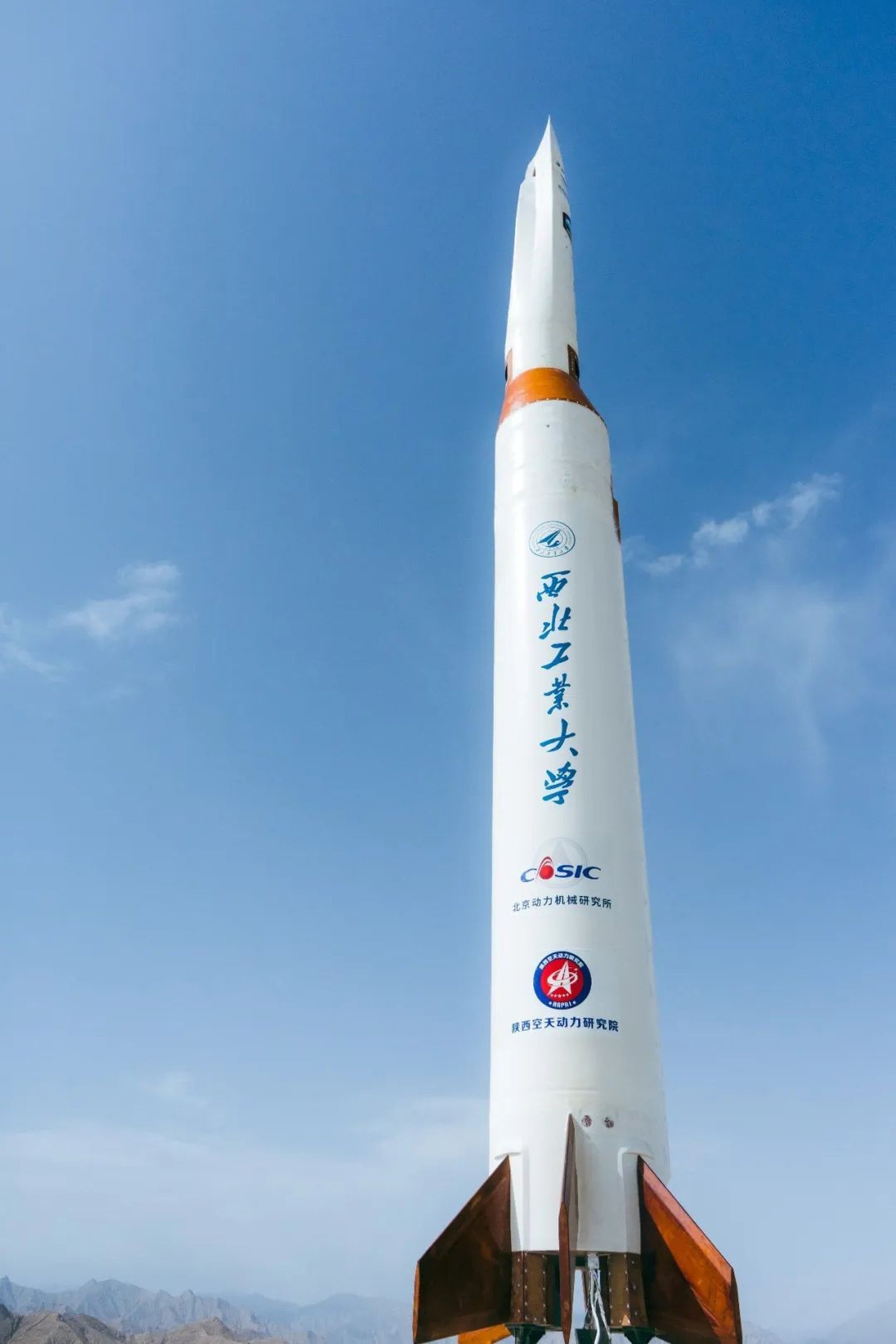China has been testing hypersonic technology at a breakneck speed for military and civilian use. With an ambition to produce an aircraft that travels at five times or more than the speed of sound, China’s hypersonic program now has a new entrant – the Northwestern Polytechnical University (NPU).
UK ‘Accepts’ Putin’s Hypersonic Challenge; Media Says New Mach 5+ Missile Can Hit Russia Within 30 Minutes
On July 4, the Chinese Northwestern Polytechnical University that the United States had sanctioned claimed that a test flight of a brand-new hypersonic aircraft had been completed successfully.
According to a statement published on the University’s social media account on July 5- Feitian 1, which was created by a research team at Northwestern Polytechnical University (NPU) in Xian, Shaanxi province, used a combination of a rocket and an air-breathing engine and produced a thrust faster than Mach 5.
An air-breathing engine is a jet engine that sucks in air from the front and then pushes it out from the back, and the air going through the engine helps propel. The rocket and scramjet engines burned kerosene, a low-cost fuel making this test different from all others conducted in China.

This successful test flight was announced just a week after China successfully tested a small civilian unmanned hypersonic prototype called Nanqiang No 1, as reported by EurAsian Times.
The scientists working on that program have stated that they hope to complete the test program and move on to building a flyable prototype by 2025.

According to the University, the test flight was a “totally successful” demonstration of the viability of critical new technology. The launch took place in an unidentified test facility in northwest China.
The US sanctions list frequently includes Northwestern Polytechnical University among the sanctioned entities from China. The University’s staff and students are not allowed to purchase or use commodities made in the US, including mathematical software.
Institutions with strong ties to China’s military are on the US government’s “entity list.”
NPU, for one, is directly under the supervision of China’s Ministry of Industry and Information Technology and has previously worked on creating numerous weapon systems, including fighter jets and spaceships. However, testing a hypersonic aircraft is no cakewalk.
Flying Hypersonic
In December 2021, China announced that it was working on a hypersonic airplane that could carry ten passengers anywhere in the world in under an hour.
At the time, it was revealed that the 148-foot (45-meter) long aircraft, about one-third the size of a Boeing 737, had delta wings identical to those of Concorde, the first supersonic airliner in history, but with the tips pointing upward.
EurAsian Times reported that China hopes to springboard itself into the future with an “air-breathing” magnetic fluid engine that might make it commercially possible to go anywhere on Earth in under an hour.

It has, therefore, been making coordinated efforts to produce an operational hypersonic aircraft for civilian use despite being consistently criticized by its western peers. However, the University’s recent claims could prove to be a breakthrough for its viability.
According to the research team that developed Feitian 1, the vertically launched vehicle could travel at various speeds while maintaining high combustion efficiency. This required different engines to switch on and off at multiple points during the flight smoothly and steadily, a technical challenge faced by hypersonic programs worldwide.
The University further stated that the rocket and air-breathing engines combined to create the most lift during the initial stages of flight. The rocket stopped after it broke the sound barrier. The air-breathing engines might use atmospheric oxygen to fly farther with the same fuel mass as the rocket.

However, the process wasn’t mainly a smooth sail for the team. When the speed approached Mach 4, the air-breathing engines experienced a choking issue, necessitating a switch that enabled an adequate mixing of fuel and extremely high-speed airflow to propel the aircraft to a higher speed.
Kerosene made switching between engine modes and starting the engine more challenging because it was less active and more stable than other energy sources like hydrogen. The latest test flight was “a breakthrough in some critical technologies, such as thermal flow adjustment and high-efficiency combustion over a super wide speed range,” the University said.
Above Mach 6, a ramjet or scramjet’s efficiency begins to decline. Less energy can be taken in the form of thrust when the air temperature in the inlet rises.
In February this year, a Chinese space company called Space Transportation announced plans for a space-based hypersonic aircraft that could reach New York from Beijing in an hour. It had claimed that the “rocket with wings” is expected to fly at an astounding 7,000 miles per hour, with testing set to begin next year.
Hypersonic flight technology could usher in a revolution in human transport, but its applications have so far remained mainly in the hands of military users worldwide. The United States, for one, does not even have an operational hypersonic weapon yet.
- Contact the author at sakshi.tiwari9555@gmail.com
- Follow EurAsian Times on Google News




